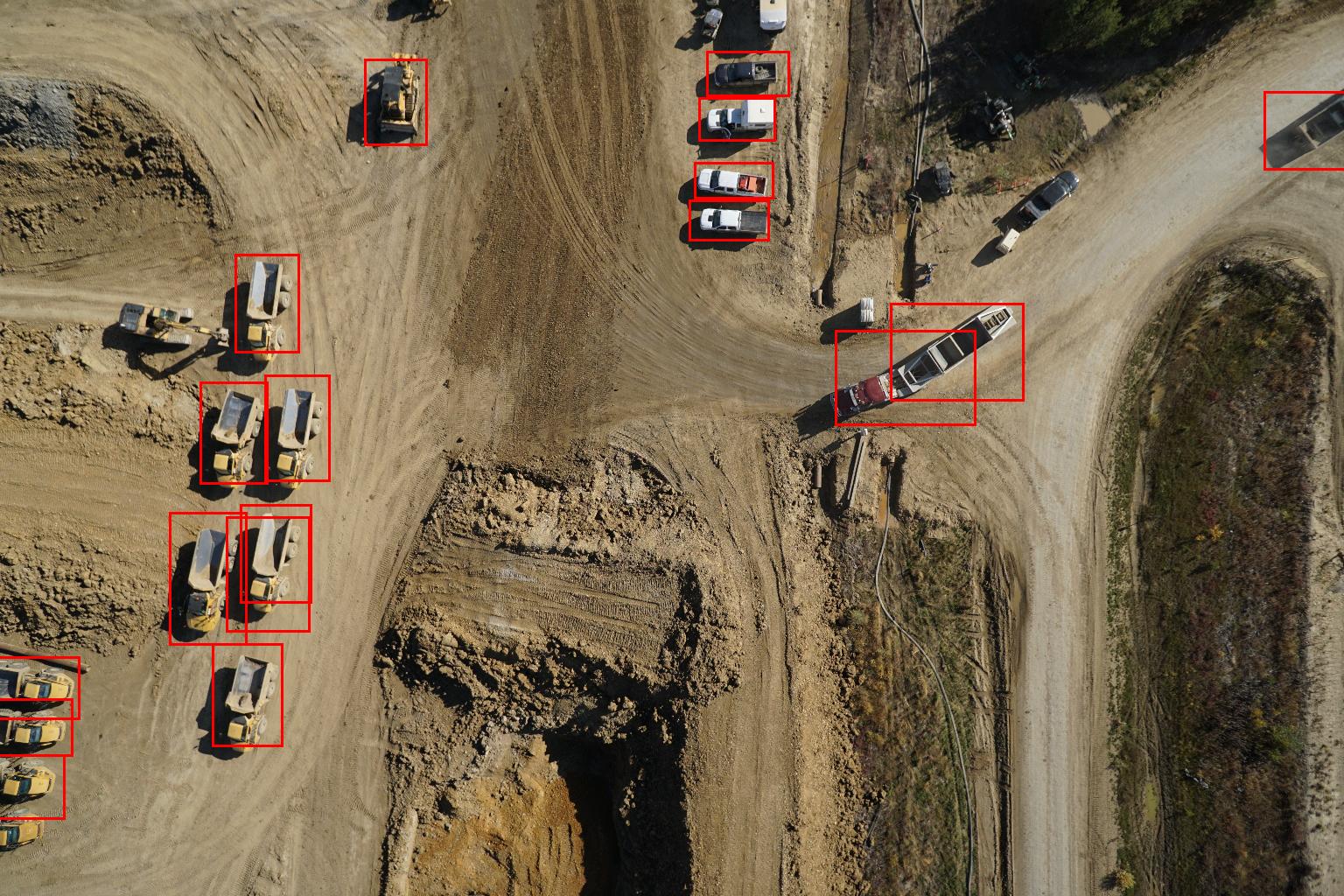The Challenge
A large commercial building project was initiated with the vision of establishing a comprehensive digital framework that would streamline design, construction, and operations using innovative technologies.
However, a critical challenge emerged: stakeholders had limited awareness of ISO 19650 processes, documentation requirements, and Common Data Environment (CDE) workflows. This knowledge gap created delays, misalignment, and inefficiencies in digital construction practices threatening the project’s goal of achieving a fully digitized and collaborative environment.
Client’s Initial Hurdles
- Stakeholders unfamiliar with ISO 19650 workflows and requirements.
- Absence of standardized documentation (EIR, BEP, TIDP).
- Lack of a centralized Common Data Environment for collaboration.
- Complexity in linking 3D BIM models with project schedules for accurate 4D & 5D simulation.
- Risk of delays, cost overruns, and execution errors without digital coordination.
.jpg)




